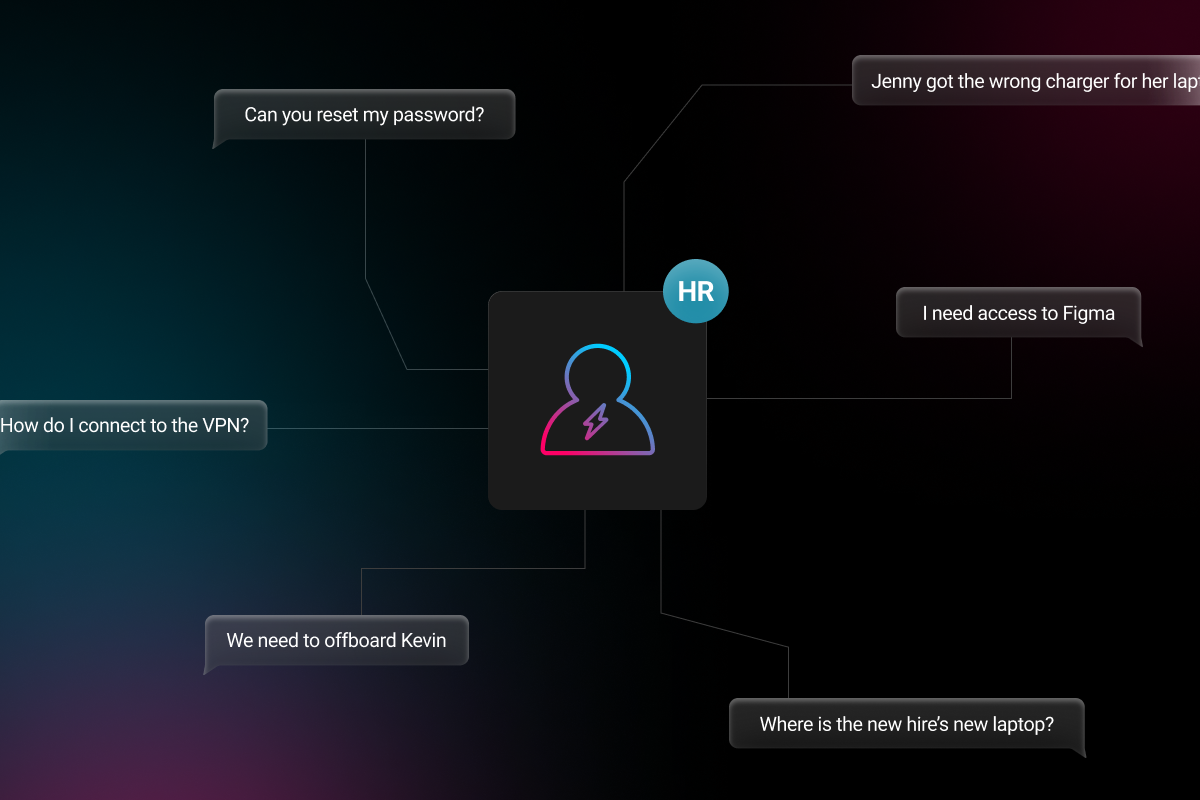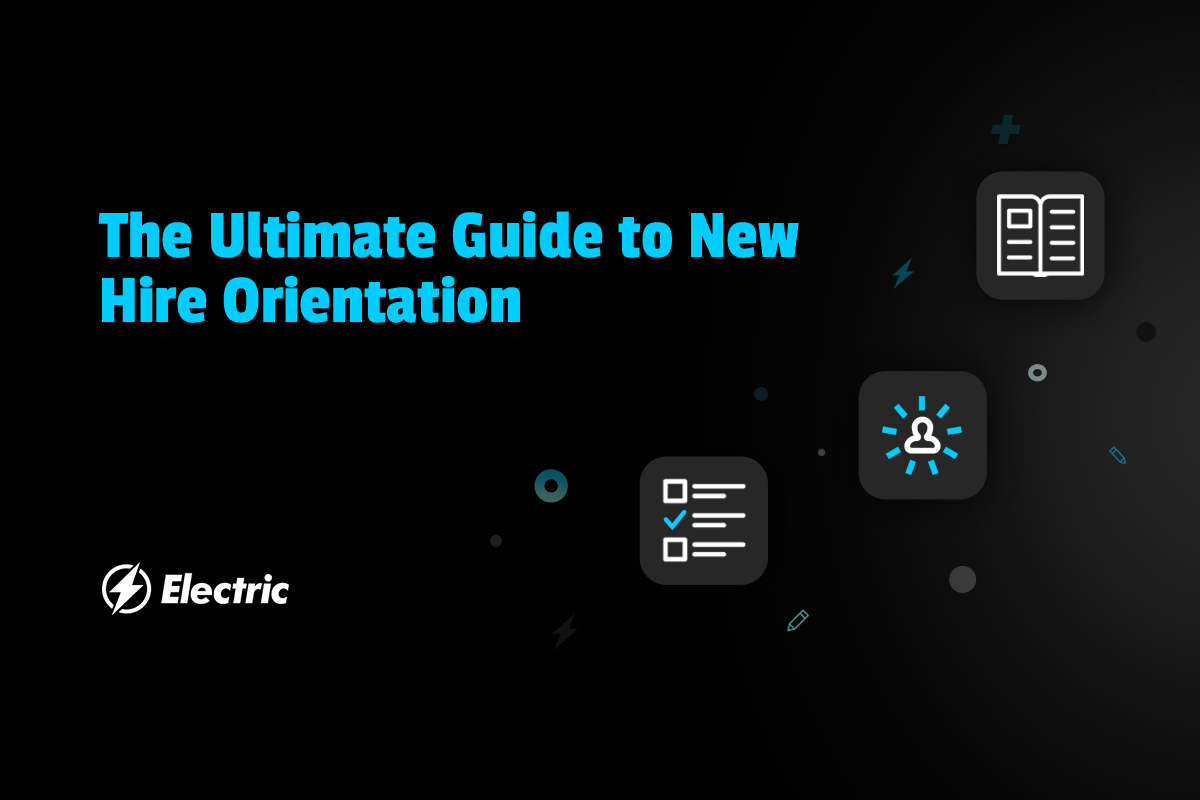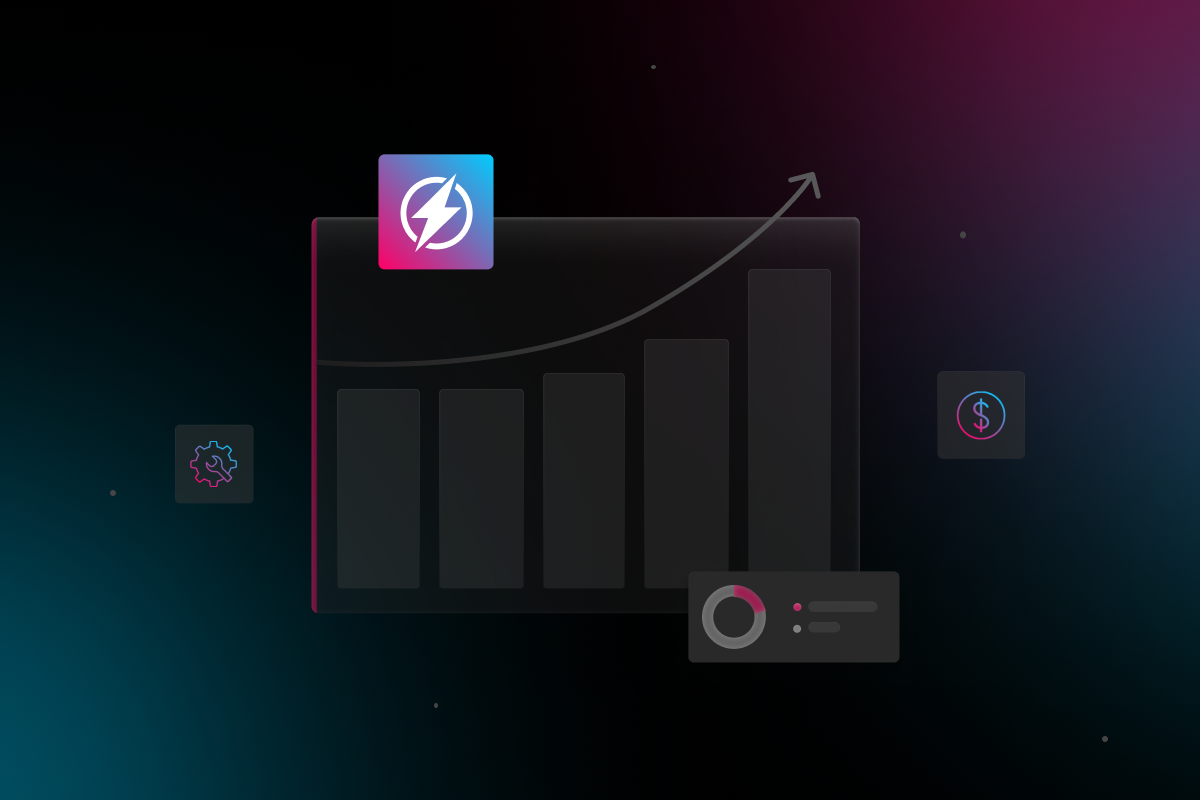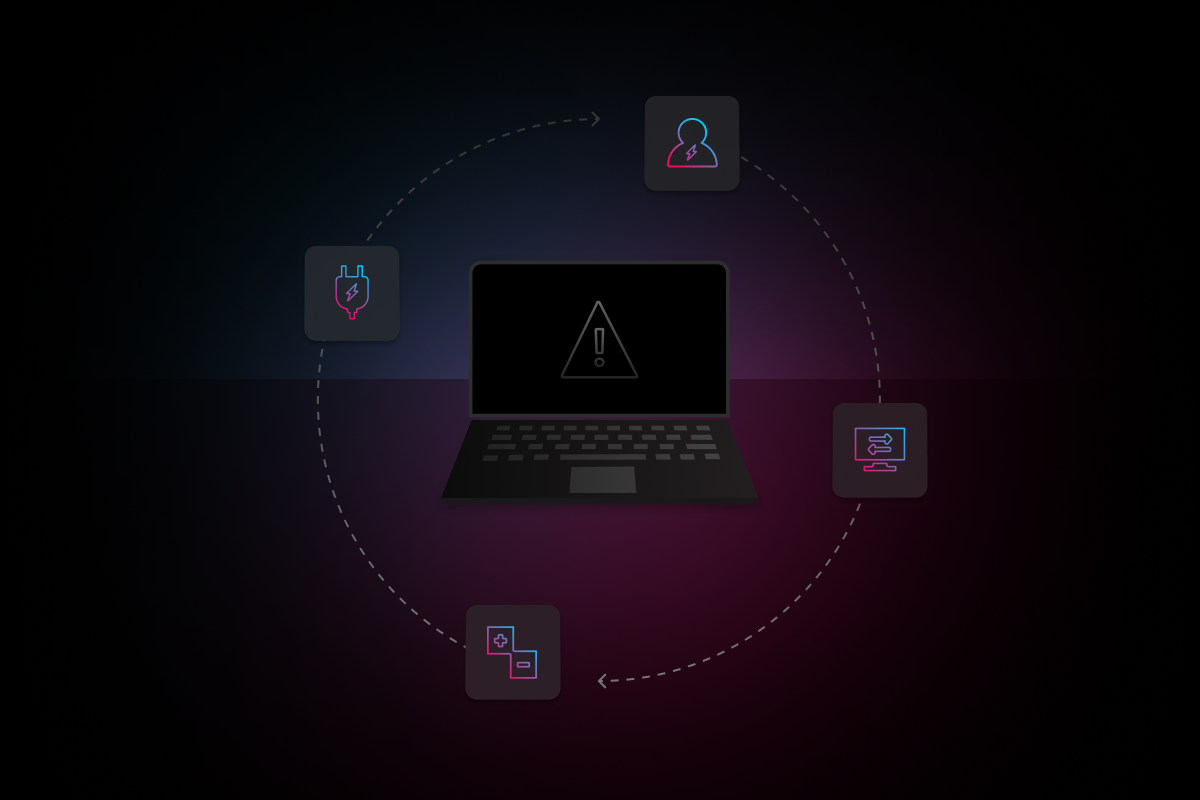
Welcoming new employees is an exciting sign of growth for a small business. It demonstrates that your company is performing well and successfully attracting new talent. Of course, recruitment also comes with the need to train new hires and help them integrate with your company culture. Effective new hire orientation has a massive impact on the loyalty and productivity of your new staff.
One study found that 69% of employees were more likely to stay with a company for up to three years if they experienced a great onboarding process. Typically, a new employee takes eight months to reach their maximum productivity in a new role, depending on the effectiveness of their orientation. To support new hires and get them up to speed as quickly as possible, you should follow the best practices outlined below for creating a structured new hire orientation process.
What is a New Hire Orientation?
New hire orientation welcomes new staff to the workplace by introducing them to their new tasks, the teams they will work with, and the company processes they should align with. It will also mark the beginning of an employer-employee relationship.
The new hire orientation process is crucial to facilitate a smooth transition into the new workplace, and to make the new employee feel valued. Orientation should also inform new hires of everything they need to know to succeed in their role, and set them up with a clear path for progression. Equally important, your orientation should emphasize the workplace culture, allowing the new recruit to embrace it from day one.
Why is a New Hire Orientation Important?
Amidst a tight market for talent, every worker in your organization counts. A new employee’s first few days, weeks, and months in the workplace are crucial as they evaluate your company and see where they fit in. Every small business owner should focus on creating a practical new hire orientation that achieves the following:
- Make new employees feel welcome: New employee orientation is the first interaction between the new hire and their new workplace, including colleagues. It is human nature that they may feel nervous entering a new work environment, which is why it’s so important to make the welcome as warm as possible.
- Reduce stress and anxiety: Regardless of how seamless your recruitment process is, it is normal for new hires to feel anxious about joining a new workforce. A well-structured orientation will reduce this stress and clarify expectations on the first day and beyond.
- Prepare the new employee for their role: No matter the new hire’s experience, every workplace has a unique setting that they will need to adapt to. You should tailor each individual orientation to focus on the specific role the new hire will tackle, and provide them with the appropriate knowledge and resources to do their job effectively.
- Cover any legal requirements: New hire orientation is usually part of the wider onboarding process, which includes all of the mandatory paperwork to fulfil the company’s regulatory and legal requirements.
- Boost employee engagement: Proper orientation makes new employees feel comfortable in their new work environment, empowering them to reach full productivity as quickly as possible. Such employees are more likely to feel engaged and fulfilled in their roles.
- Reduce employee turnover: Employee turnover rates decrease dramatically when workers feel supported and appreciated by their organization. This begins on day one with the impression you make throughout orientation.
New Hire Orientation Ideas & Tips
Finding and recruiting the right candidate for a role can be a long and challenging process. Don’t make the mistake of believing your job is done once the new hire’s contract is signed. The orientation process should set the new employee up to contribute to your company’s success in the long term. Here are some of the best practices to ensure your new hire orientation is effective:
Be Realistic
Providing accurate and realistic information during the orientation is important to manage your new employees’ expectations and avoid miscommunication. Similarly, you should avoid overwhelming the new hire with too much, too soon. Set a reasonable schedule for the orientation to allow the employee to take everything in.
Make the Process Memorable
The new hire’s first day sets the stage for what to expect. Your goal is to make this day memorable and enjoyable, and should include:
- Giving them a full office tour
- Introducing them to departmental teams
- Taking them out to a team lunch
- Preparing a welcome package or swag
- Ensuring their workstation and equipment are ready
Streamline Paperwork
Every new hire must complete a lot of paperwork, which can be tedious and time-consuming. Some of the common types of forms to fill in are:
- Direct deposit form
- State tax forms
- I-9 Employment Eligibility Verification Form
- W-4 Form
With Electric’s employee onboarding software, you can boost the efficiency of the onboarding process by capturing information from employees in a streamlined way. This makes collecting and storing data seamless, and eliminates the need to fill in excess paperwork.
Have a New Hire Orientation Checklist
Create an orientation checklist to ensure a consistent, well-structured orientation process. Having a standardized checklist will also help you to remember each step, and ensure you perform them in the most efficient order.
New Hire Orientation Checklist
Every comprehensive onboarding process requires a checklist to set your employee up for success in their role. This checklist should cover all of the essentials for you to follow to welcome the new employee to your existing team. Download Electric’s Employee Onboarding Checklist as a Google sheet to get started, or contact us if you’d like to learn more about streamlining your onboarding process.



